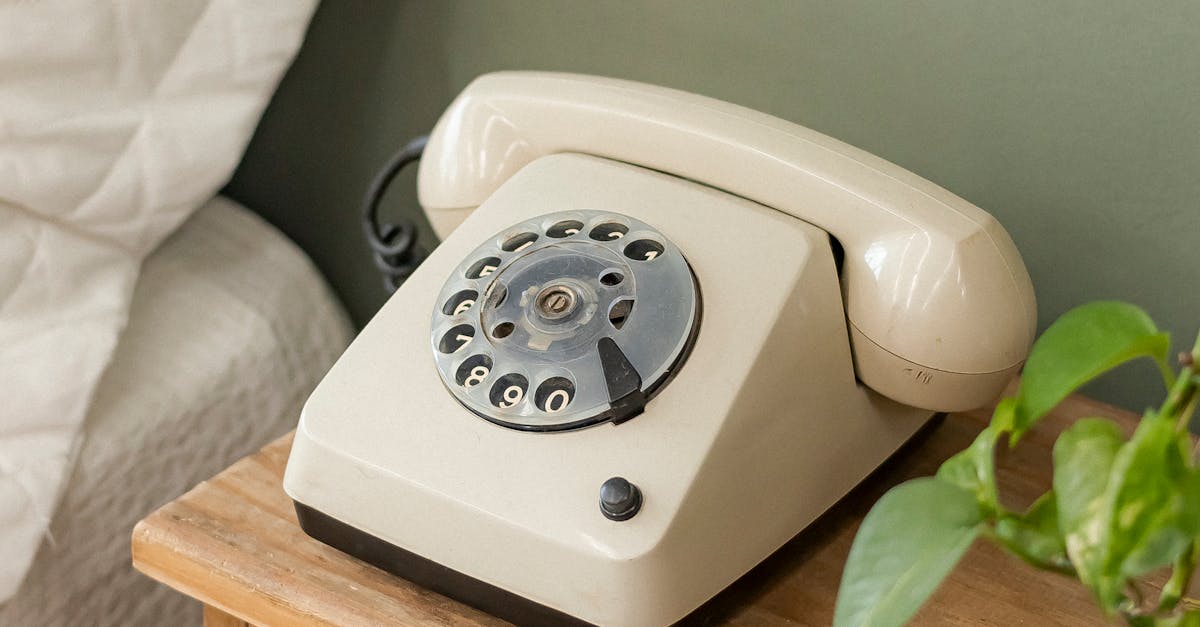
Passive Cooling Strategies for Australian Climates
Passive cooling strategies are crucial for maintaining a comfortable indoor environment in Australian homes, particularly during the hot summer months. One effective method is the use of shading elements such as eaves, awnings, and external blinds to block out direct sunlight and reduce heat gain inside the house. By strategically placing these shading devices, homeowners can prevent excess heat from entering the living spaces, thereby reducing the reliance on mechanical cooling systems.
Another effective passive cooling strategy for Australian homes is the use of thermal mass materials such as concrete, brick, or tiles. These materials have the ability to absorb excess heat during the day and release it slowly during the cooler evening hours, helping to stabilize indoor temperatures. By incorporating thermal mass into the design of a house, residents can experience more consistent and comfortable temperatures without the need for continuous air conditioning.
Shading and Thermal Mass
al Heating
Solar panels and geothermal heating are two key components of sustainable energy solutions in passive house design. In Australia, where abundant sunlight is available, solar panels offer a reliable and renewable source of electricity for heating and cooling systems. By harnessing the power of the sun, passive houses can significantly reduce their reliance on traditional electricity sources, leading to lower energy bills and decreased environmental impact. Additionally, solar panels can be integrated seamlessly into the design of passive houses, providing a visually appealing and efficient way to generate electricity.
Geothermal heating is another eco-friendly heating solution that is well-suited for the Australian climate. By utilizing the constant temperatures found underground, geothermal heating systems can efficiently heat passive houses in winter and cool them in summer. This sustainable approach to heating and cooling not only reduces energy consumption but also minimizes greenhouse gas emissions. When combined with other passive cooling strategies and efficient insulation, geothermal heating can help create comfortable indoor living spaces while promoting environmental sustainability in Australian homes.
FAQS
What are some passive cooling strategies suitable for Australian climates?
Passive cooling strategies suitable for Australian climates include shading techniques, thermal mass use, and natural ventilation.
How can shading and thermal mass contribute to maintaining a comfortable indoor temperature in a passive house?
Shading helps to block out direct sunlight, reducing heat gain, while thermal mass absorbs and stores excess heat, releasing it slowly to help regulate indoor temperatures.
What are some maintenance tips for ensuring efficient passive heating and cooling systems in a passive house?
Regular air filter replacement, checking for air leaks, and maintaining proper insulation are key maintenance tips for ensuring efficient passive heating and cooling systems in a passive house.
How can renewable energy sources be incorporated into the design of a passive house for heating and cooling purposes?
Renewable energy sources such as solar panels and geothermal heating can be incorporated into the design of a passive house to provide sustainable heating and cooling solutions.
Are solar panels and geothermal heating effective options for reducing energy consumption in a passive house?
Yes, solar panels and geothermal heating are effective options for reducing energy consumption in a passive house, making it more sustainable and environmentally friendly.
Passive Home BuildersRelated Links
Heat Recovery Ventilation in Passive HousePassive House Natural Ventilation Techniques
Smart Controls for Passive House Heating and Cooling
Passive House Solar Thermal Systems
Passive House Air Source Heat Pumps
Passive House Ground Source Heat Pumps
Thermal Mass and Passive House Heating